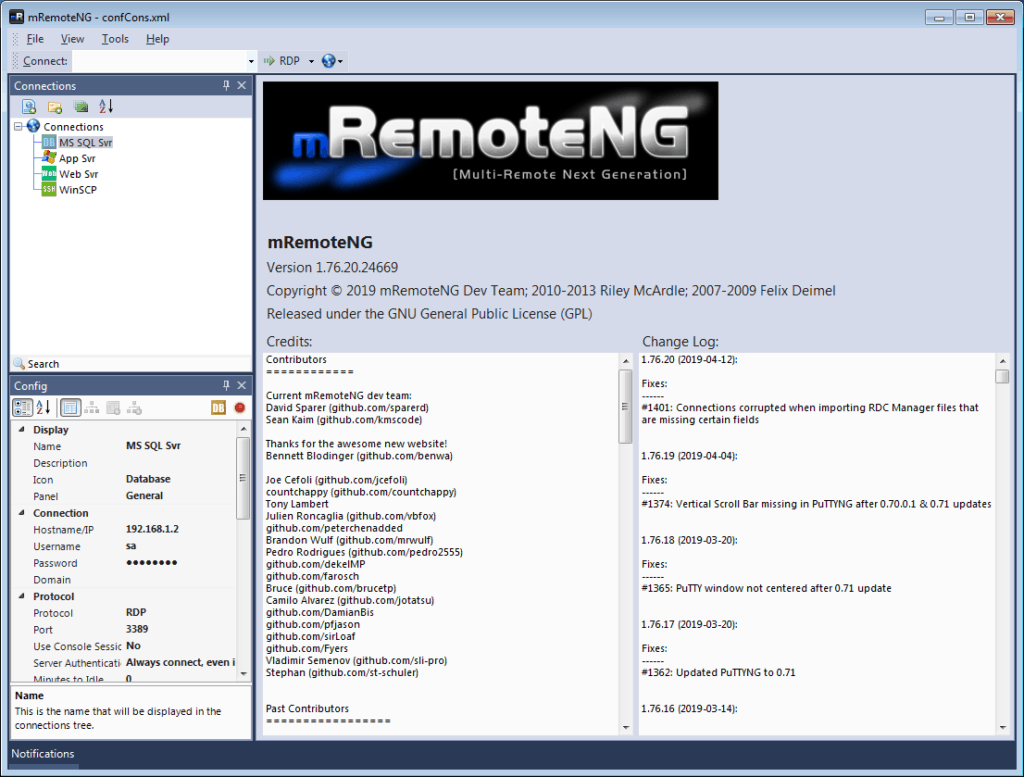

Operating system/device support: The remote desktop software you choose needs to have clients (for controlling) and servers (for being controlled) for all the computers or devices you want to employ. Which remote desktop program you choose generally comes down to which operating systems and devices you’re using, how much you’ll be using it, price, and features. The team at PCWorld has spent many hours testing and reviewing these products and our picks will help lead you to the best remote-desktop software for your purposes. That’s why we have included recommendations for everything from occasional use to full business suites and everything in-between.

Use cases and needs for remote-desktop software vary widely. In addition to allowing you to help a family member or business associate with their computer problems, it’s a handy way to access your own various work or home systems remotely. While not exactly the same, it’s as close as you can get to being there in person. And while the technology is no longer sci-fi, faster networking and broadband has made the experience much faster and more enjoyable for both yourself and those you’re trying to help. Using the remote-desktop software allows you to diagnose, operate, and fix another computer over a long distance. Remote-desktop software may still seem like science fiction to the family member or customer trying to overcome a computer issue, but real heads know it’s been a useful reality for a while now.


 0 kommentar(er)
0 kommentar(er)
